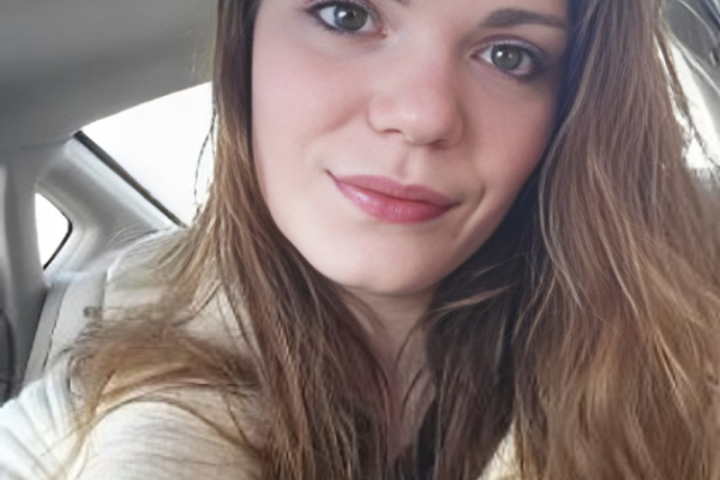The other night, I peeked in my daughter’s room to see how the bedtime routine was going with Daddy and to give her one more kiss. I found them both lying in her bed, nose to nose, chatting and laughing. I approached, wanting to be part of the special moment.
Arsema popped her head up from the pillow with a big smile and said, “Mommy, your arm is white, too! My arm is brown, Mareto’s arm is brown, and Daddy’s arm is white!!” We laughed with her because, for some reason, she thought this was hilarious.
My daughter is three years old.
My daughter is three years old and she has just finished her first year of pre-school. They, of course, taught her class of six children all about the different colors of the rainbow. Arsema likes to decide whether she will wear her pink dress, green shirt, or blue jumper that day. She knows her socks are yellow, the grass is green, Daddy’s work hat is black, our tongues are red, and that she has brown skin. So do her classmates.
Arsema was the only black child in her preschool class this year and not one of the children cared. She loves her friends and they love her. And not a single one of those children is colorblind.
I read an article written by a black woman last summer on this very issue. I remember one sentence vividly, “If you say you don’t see color what I hear is that you don’t see me.” That line struck me right in the heart and I wanted to reach through the screen and somehow come face to face with that woman and tell her I see her! Do you know what it feels like to not been seen? It feels diminishing, dehumanizing, and worthless.
We are not colorblind. When you look at me you see my blue eyes and (slightly chemically altered) blonde hair. You see my fair skin that (thankfully) tans more than it burns in the summer sun. If you were asked, “What does Lauren look like?” You would say something like, “She’s about average height, slim, with blonde hair and blue eyes.” Because you see me. If someone were to ask me what my son looks like I would tell you, “He has big brown eyes framed by thick black lashes. He has black hair that curls so tight it looks like he has tiny springs on his head. He has a smile that brightens his face. He has beautiful brown skin and is extremely tall for his age.” Because I see him.
I don’t want my children to be colorblind because this world is full of beautiful colors and people. I don’t want you to be colorblind because I want you to see us. Really see us. The issue isn’t that our children are colorblind and then the world teaches them to see color and it all goes down hill from there. The issue is when our children see all the colors and see them all as interesting, beautiful, unique, and equal… and then the world teaches them that certain colors are bad.

Seeing color isn’t the problem – it is the ranking of color that is the problem.
And God isn’t colorblind either. Because God created ALL the colors of the spectrum of light and he finished his work and said, “it is good.“I was created in the image of God. And my black children were created in the image of God. We each uniquely display God’s goodness, and beauty, and wonder. Equally.
Maybe it would be better for us to stop claiming to be colorblind or that our children are colorblind and to instead stand nose to nose, hand in hand, and say, “I see you. I see who you are and all the parts of you that make you.. you. I think you are beautiful, worthy, and equal.”




